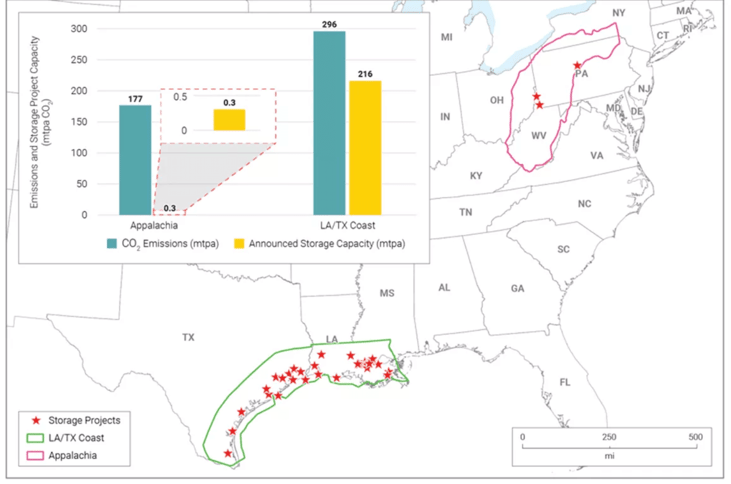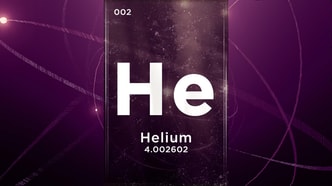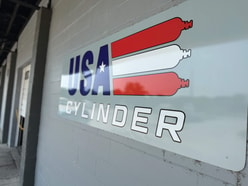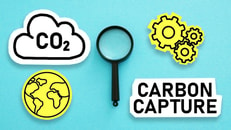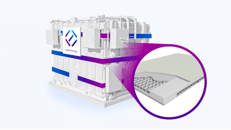Appalachia’s Oriskany sandstone basins show poor CCU potential
Enverus Intelligence Research (EIR), a subsidiary of Enverus, has released another report using the company’s ESG and Geoscience Analytics platforms to examine the potential for CO2 storage in Appalachia and assesses source-to-sink project economics given the current 45Q tax incentive structure.
(Enverus is an energy-dedicated SaaS (Software as a Service) platform, offering real-time access to analytics, insights and benchmark cost and revenue data sourced from our partnerships to 98% of U.S. energy producers, and more than 35,000 suppliers.)
New laws like the Inflation Reduction Act have brought renewed attention to carbon capture technology (CCT), the economics behind it, and optimal locations for storage. However, not all sub-surface basins are created equal warns EIR, as increased attention has focused on carbon storage viability in Appalachia. EIR’s latest report seeks to answer those questions.
Brad Johnston, a senior geology associate with EIR and report author stated “Our current view is that CO2 storage potential in Appalachia is very limited as the underlying reservoirs are thin with low porosity and permeability. The Appalachia region accounts for about 8% of U.S. CO2 emissions, but lacks any significant storage projects.”
... to continue reading you must be subscribed

